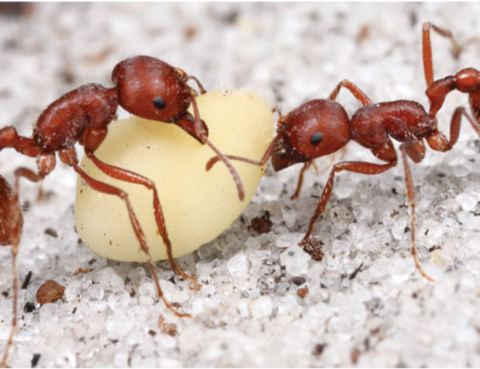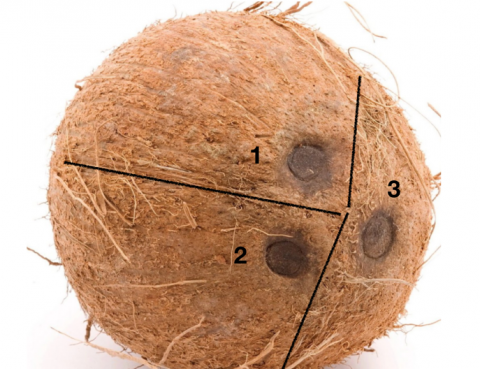
Dr. Lew Feldman, Garden Director In a previous IGYA: The Seed, we spoke of the seed being a most remarkable structure, comprised as it is of the embryo, nutrition to support the newly germinated seedling and often modifications to facilitate seed dispersal. Once dispersed, the seed is ready for germination; or is it? Getting seeds…

Of the many different structures produced by plants, one of the most remarkable is the seed. At its most basic, the seed is a reproductive structure consisting of an embryonic plant enclosed in a protective covering, the seed coat. But this simple definition hardly acknowledges all that the seed is and does. Within the seed…

Image above: A selection of cones from a variety of conifers Dr. Lew Feldman, Garden Director Cones, such as found on pine trees, serve to protect the developing seed. Sometimes too, pine cones function in dispersal of the seeds. Because of their often large sizes, it takes a lot of energy (photosynthate) to make a…

Dr. Lew Feldman, Garden Director Of the many products obtained from plants, one often overlooked as having a plant origin is cork. Cork forms part of the bark of many trees, but is most often associated with one tree, the cork oak (Quercus suber), which is represented in the UC Botanical Garden by a planting…

Dr. Lew Feldman, Garden Director Aspidistra elatior (the cast iron plant) was a popular houseplant in Victorian England and was often considered a “symbol of middle-class respectability.” After gas lighting was introduced to illuminate homes in the late 19th century, Aspidistra was often the only plant that could be grown successfully indoors, leading to the…
Dr. Lew Feldman, Garden Director A major theme of modern biology is the interconnectivity of life; that is, that no organism functions on its own, isolated from other life. Rather, all organisms, to one degree or another, depend on interactions with other species. In the Garden we have many examples of this interconnectivity, with…

Dr. Lew Feldman, Garden Director What are knots and knotholes and how do they form? Knots are visible imperfections in wood. They are typically circular and darker than the surrounding wood area and when the knot separates from the surrounding wood a knothole form. Let’s consider how knots and knotholes originate. The explanation begins by…

Dr. Lew Feldman, Garden Director In the natural environment, it is not unusual to come upon a leaning tree or branch showing a surprising degree of bending. Such a situation frequently is the result of a landslide, which alters the normal vertical orientation of the tree, or could be a consequence of winds continually blowing…

Dr. Lew Feldman, Garden Director Epiphytes are plants that grow on other plants and thus their roots are not connected to the soil, but rather are often in direct contact with the atmosphere. Consequently, the only opportunity these roots (aerial roots) have to obtain most of their moisture is when it rains, which, in the…

Dr. Lew Feldman, Garden Director Luffa sponges come from plants, instead of our default notion that sponges are animals. Luffas represent the fibrous interiors of fruits of the gourd-producing plant, Luffa aegyptiaca, a tropical member of the Cucurbitaceae that grows as an annual vine, as pictured below. When harvested at a young stage Luffa fruits…
